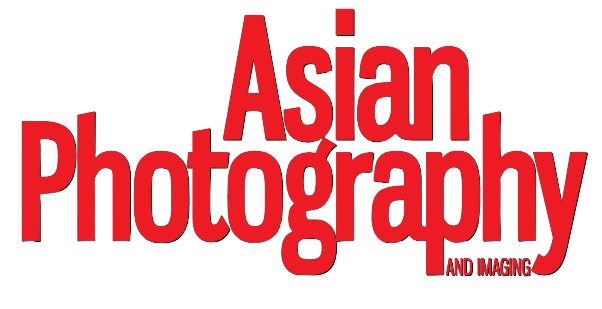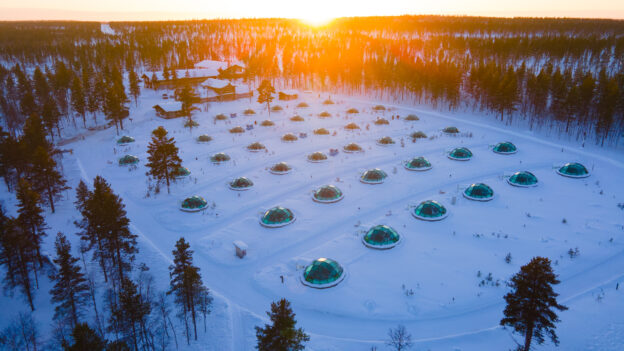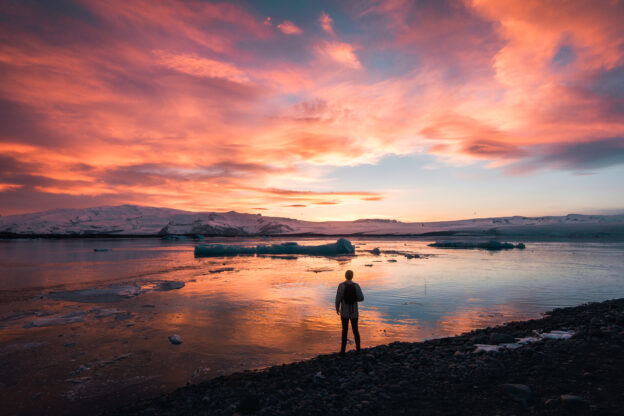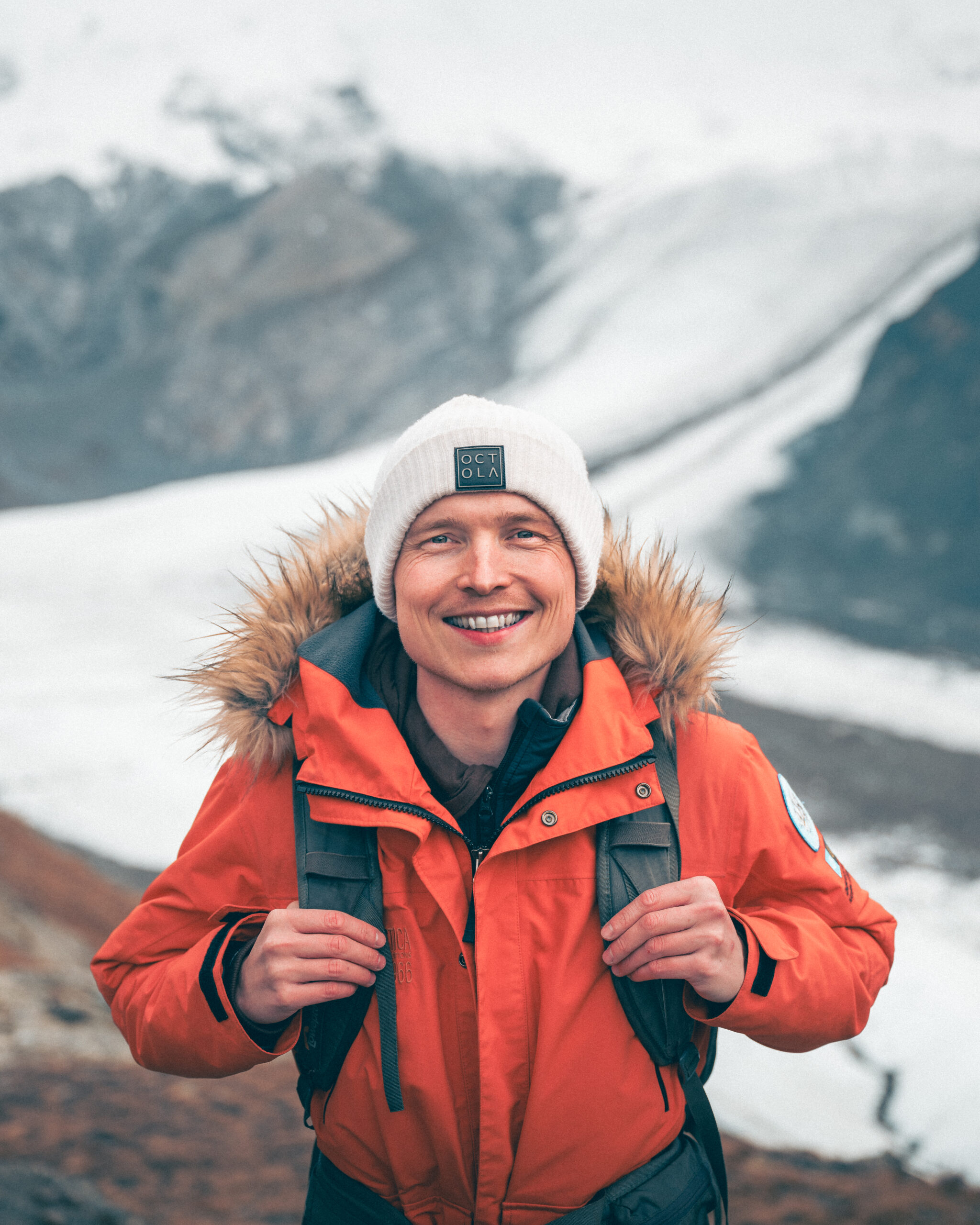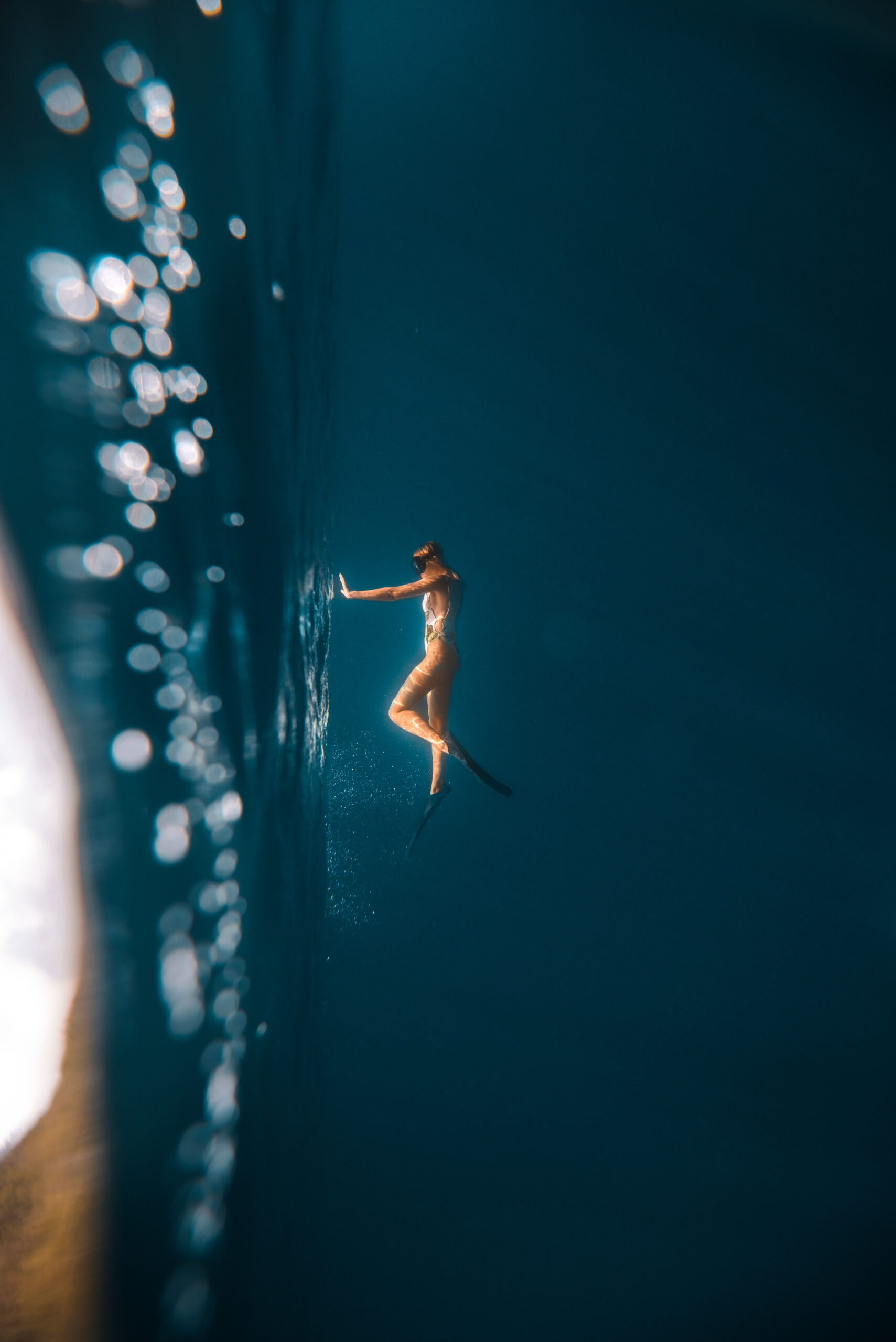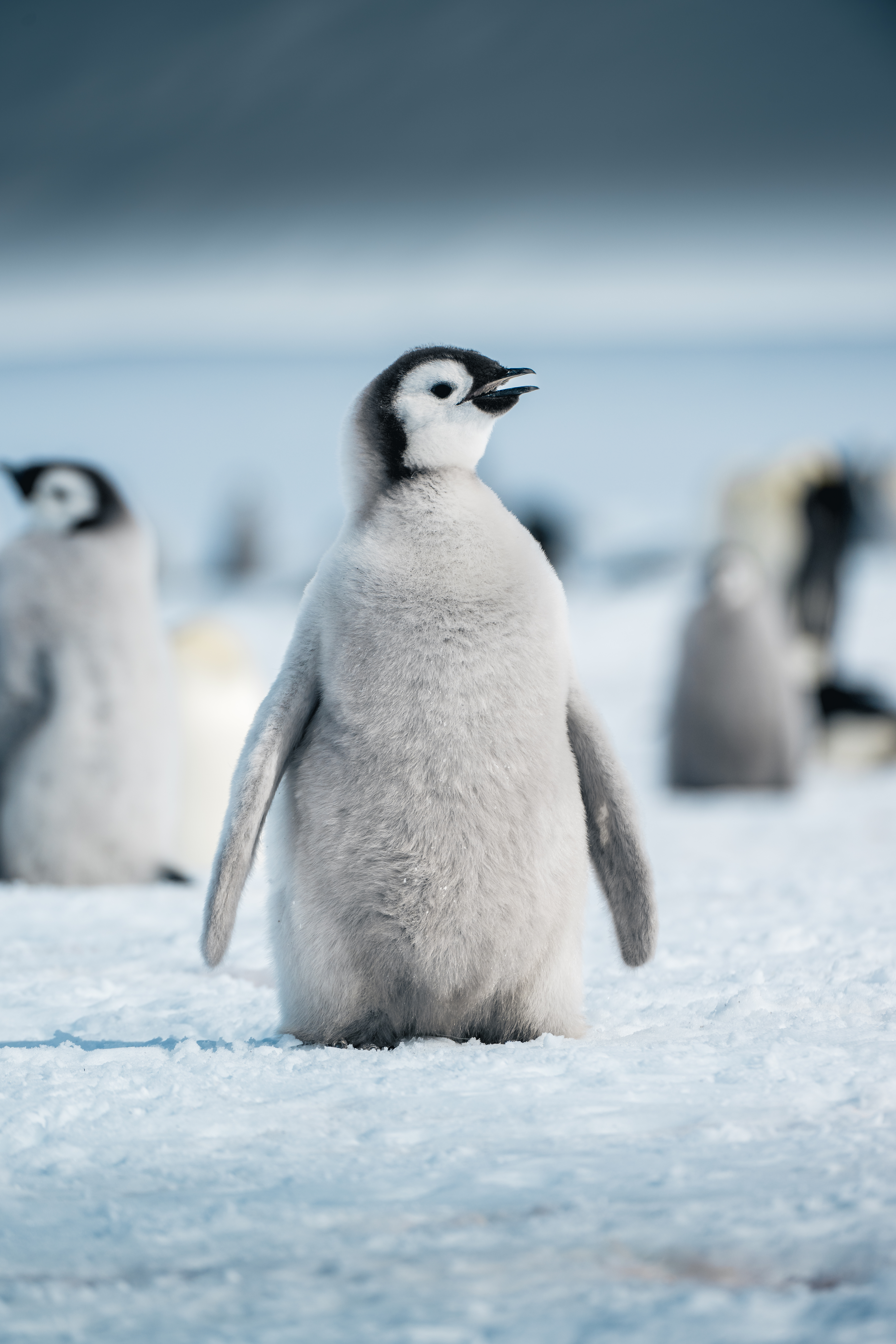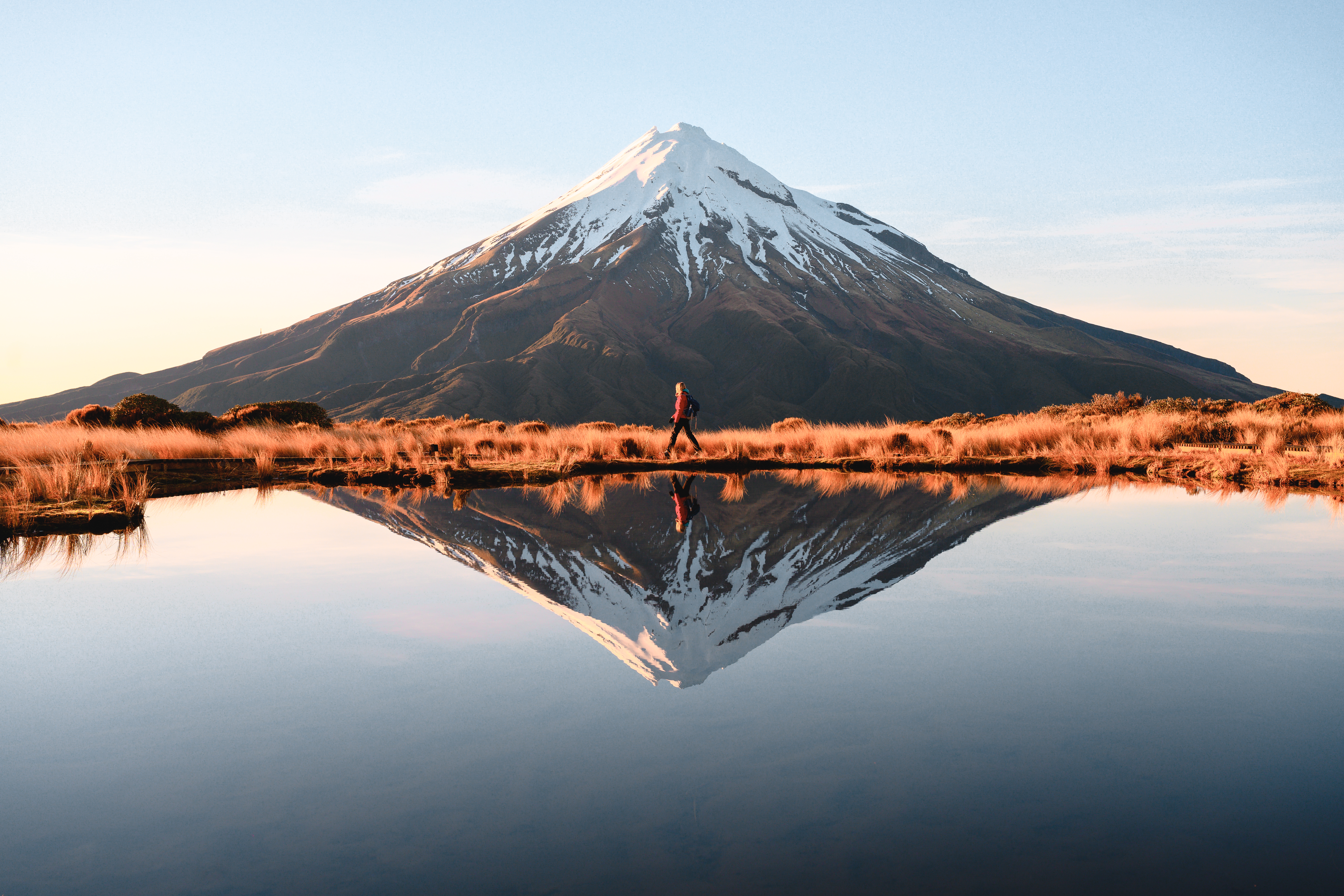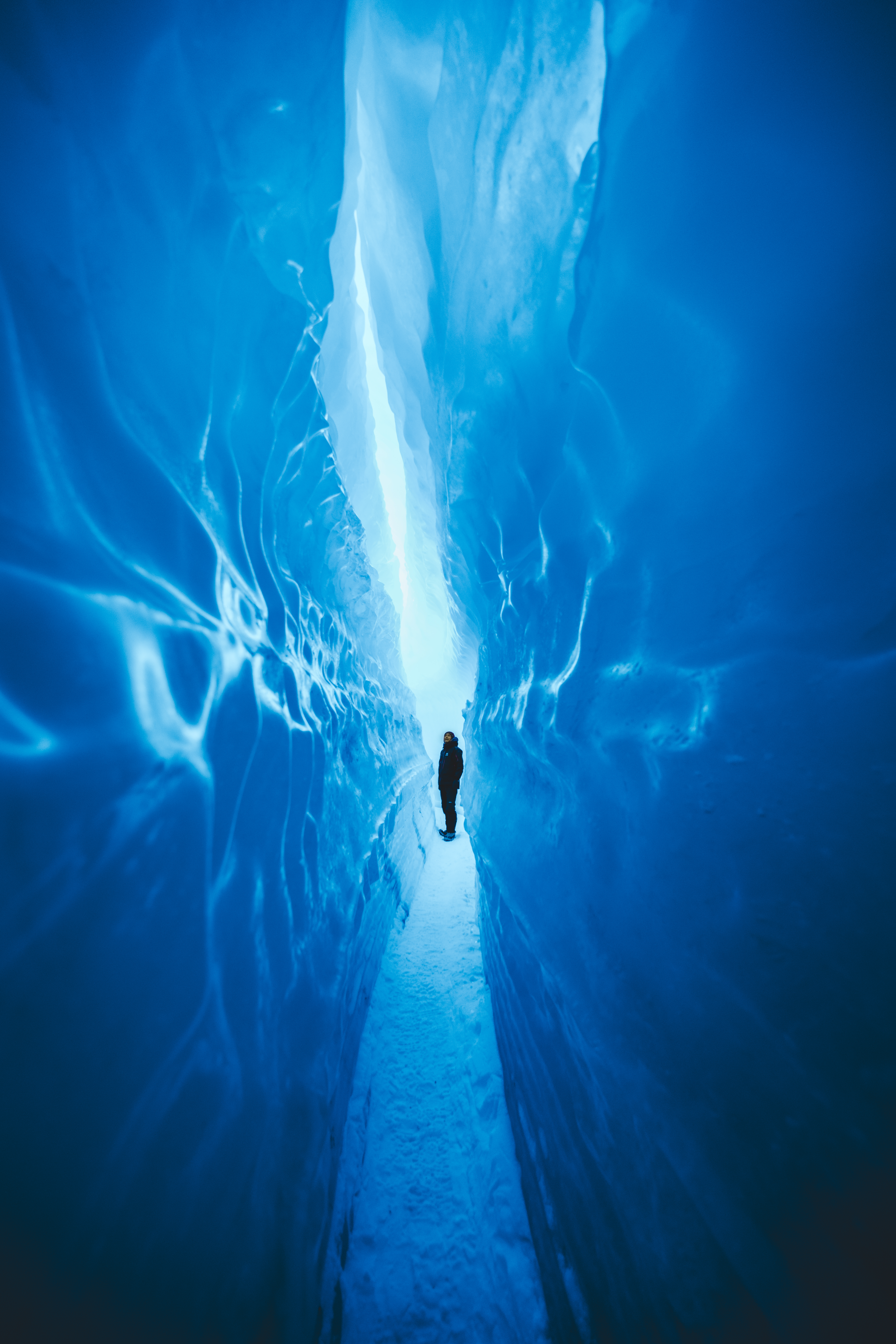
Shreepad Gaonkar was an avid cricketer when he picked up a camera for the first time to document his journey and, later on, a tournament. What has transpired since then, is an inspiring spectacle, as he’s travelled over 34 countries, working with various tourism boards. Asian Photography spoke to him about ethical and responsible travel photography, bucket shots, challenges and more. Excerpts:
What inspired you to take up travel photography?
Ever since I was a kid, I was into cricket, which I played for over 18 years throughout school, university, club and corporate cricket. I completed my B.Sc. IT degree and later did a Sports Management degree working for six years in IPL as an Operation Manager across 11 cricket stadiums in India. I was playing club cricket in Mumbai, organising grassroot cricket tournaments, coaching under 14 kids and also working in IPL & ISL at the age of 22. This indirectly introduced me to documenting my travels on the phone over the years until one day I realised that I was good at it and people started appreciating it on social media. Eventually, I ended up borrowing my friend’s DSLR just to understand what a camera is, how to operate, what settings to set, etc. My hunger grew with every small thing I loved about the camera, which led me to my first official shoot for a cricket tournament — capturing a T20 match at DY Patil stadium, which would also open my doors for travel. So my passion for cricket and my curiosity for documenting and travelling made me get into photography.
What are some of the biggest challenges you face as a travel photographer? Have these changed over the years?
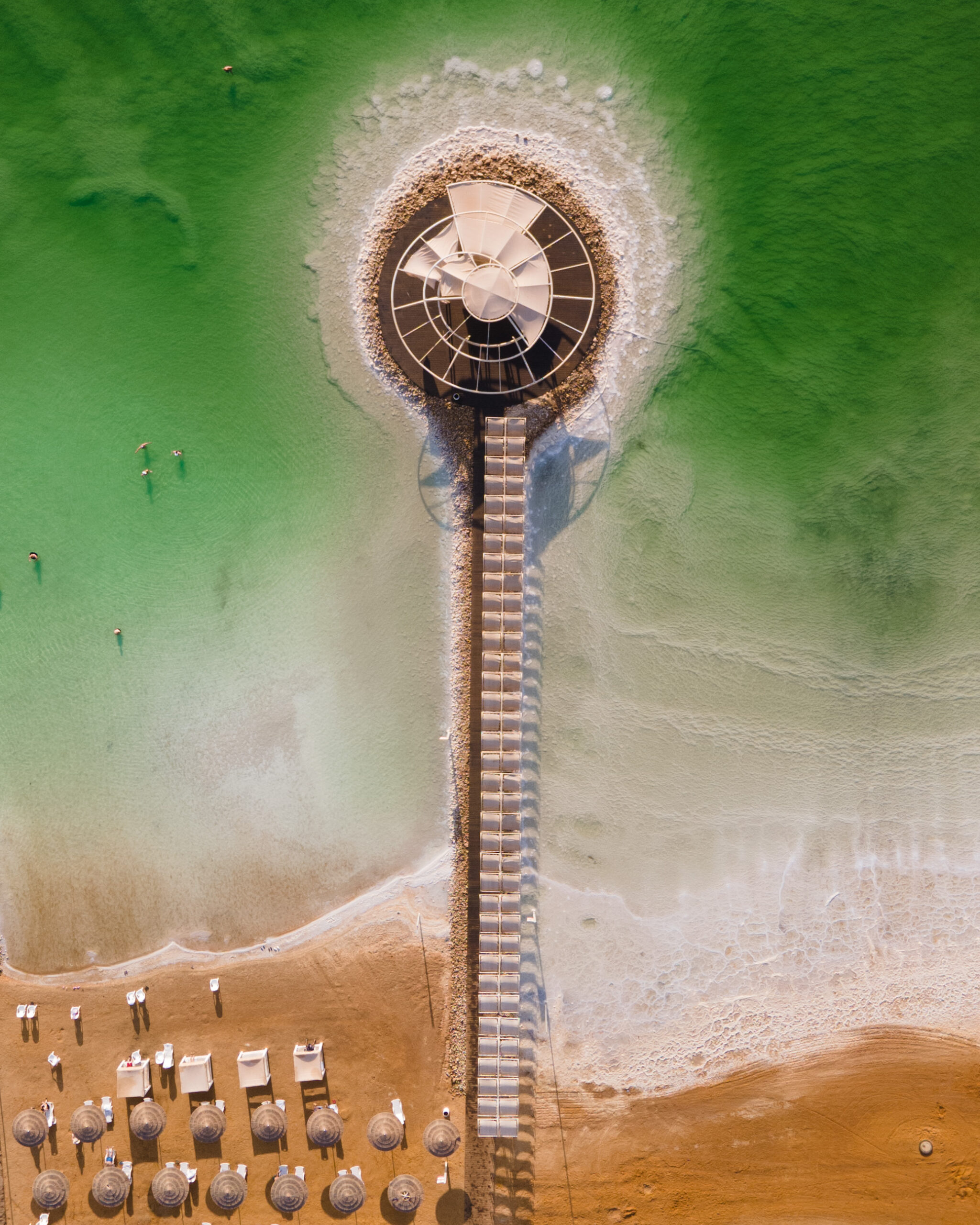
Firstly, I believe travel photography/cinematography is not everyone’s cup of tea, I have seen the best DOPs struggle when it comes to a guerrilla shooting or a “run & gun” travel shoot which has challenges that come out of nowhere. You have to adapt to situations and luckily, my previous work culture from managing IPL and major leagues and handling immense pressure 24×7 really made me tough mentally. Now, when I have challenges, I always look at it as with my management brains rather than me being a photographer. Some of the biggest challenges I face is while taking drone shots in India, the process is really way long to ideally secure aerial permissions as compared to other countries. I have been to 34 countries and the process to get the permits overseas is much easier even for a beginner or a tourist than taking permissions in India, that really hurts.
How do you balance travelling light while still having the right equipment?
I honestly film a lot more than photography, but I travel with just a couple of lenses, and right now, using a Sony A7S3. The process is to have variable lenses with a combination of a prime either 35mm or a 50mm. I prefer filming handheld more than using a gimbal, as handheld gives you more natural and dynamic perspective. I add one drone, usually my Mavic Air 2s which is lighter than newer drones and this specific drone has travelled with me to 26 countries, so it works out to be the best for me. Also over the years, I’ve realised that you actually don’t need a dozen equipment when you travel as long as you are clear of what you want as the end output. I film as per the edit, as I edit myself, so when I am on ground filming I have an advantage of choosing what I want to shoot and how the film ought to look like.
Over the years, has the story behind the shot taken a backseat over aesthetics?
Yes, the audience and the brands I work with at times are very specific with what they want rather than what inputs I can give as an artist. I believe a lot of photographers and videographers will agree with this – oftentimes, we like to keep a raw and natural touch to the art with minimal post-production, but the focus has been shifting on the other side nowadays. When working for a lot of tourism boards, I always suggest to film in the natural environment with more focus on candid moments. This really brings out the best visuals, which looks more natural and real rather than appearing staged. Yes, aesthetics are important, but It’s a superb feeling to make a non-fiction as a fiction, the clients really like it, and it brings out the story really well.
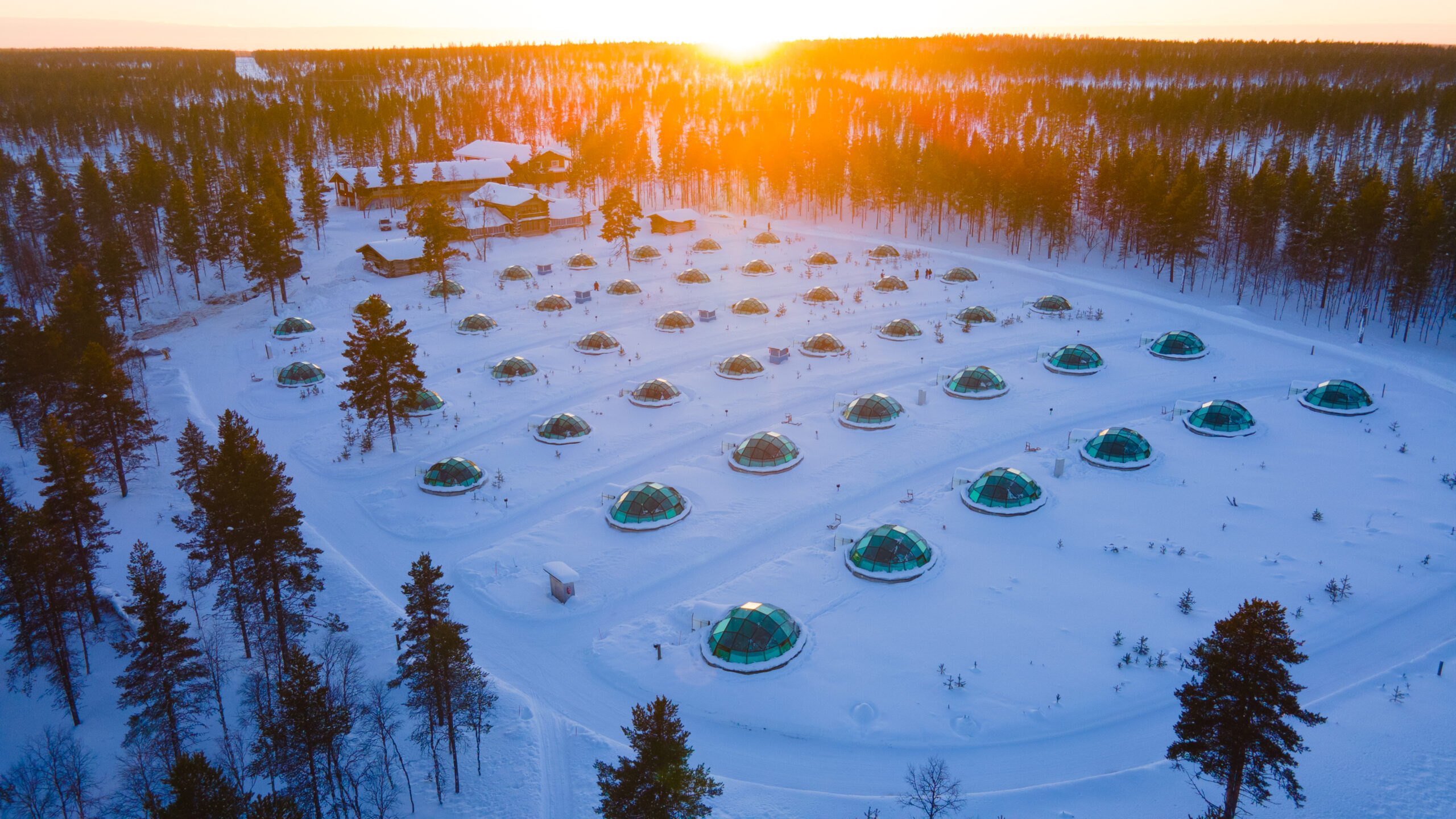
Has the advent of “Instagram photography” influenced how you shoot pictures?
I’ve been on Instagram since 2013 and a lot has changed over the past 11 years. I would say it has played a critical role in my career, as it really shaped my thought process over the years. In a way, yes, it influenced me in a lot of ways. It inspired me to make content whether it is reels, carousel, stories and put forth my perspective to the world. Eventually adapting to the world and blending my style with it, but the intent was always learning something new and less focus on the numbers and followers. A lot of my colleagues appreciate my work and mention that I should have a million followers, but I always stick to the quality of the content rather than just the quantity. As I firmly believe that what matters the most for me is I do justice with my perspective and the final output, rest will follow.
Is there a place you keep returning to because of its photographic appeal?
Filming and capturing the Ganpati festival in Mumbai and Lalbaug. Wherever I am in the world, I make sure I never miss filming Ganeshotsav. I have been following this ritual for 10 years, and have made three official YouTube songs, countless reels and some epic memories. I have learned more on the streets of Lalbaug than anywhere in the world. The Lalbaug chaos helped me shape myself as a multitasker as you have very limited time to do everything — photos, videos, flying a drone, video editing and then coming back home to craft the entire thing.
What are your thoughts on ethical travel photography?
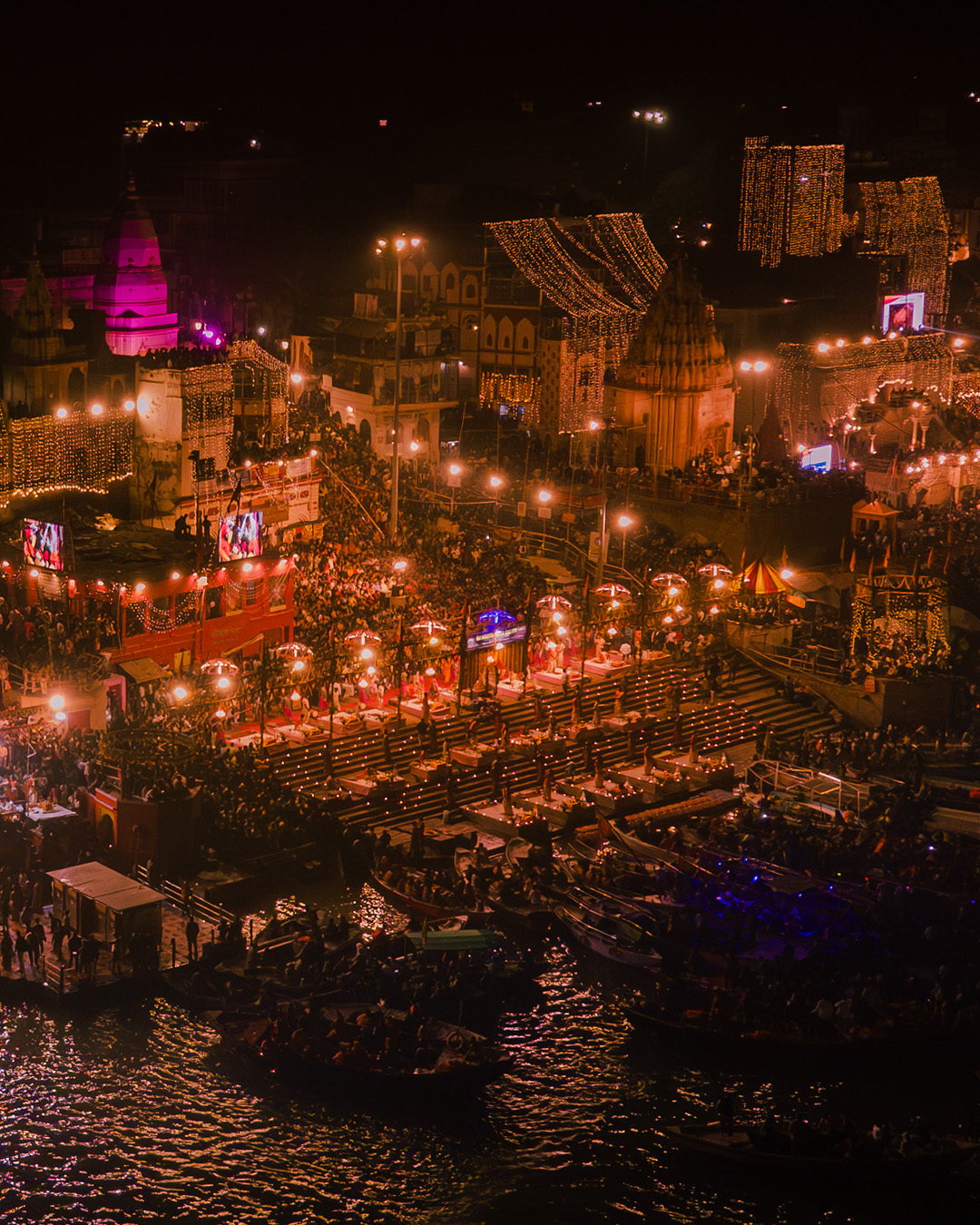
We should be ethical in general in everything we do. The discipline, the passion, the values I learned on the cricket field has taken me places. Being a sportsperson, I’ve always had a certain way of approach in doing things and I implemented them on & off the field – which indirectly helped me reach where I am. Not that I have achieved a lot, I am still learning. Respecting people, culture, different environments is an integral part of travel photography/videography. For instance, I always try to communicate to people if I badly want a portrait or If I see some unique character on the streets I take their consent before filming, and how do I do it? I just give a smile if they greet back, then start the conversation. It works at times and if it doesn’t, I simply say “it’s alright, no worries”. Moreover, we should always be careful of what environment we are filming in. For instance, I was filming for Israel Tourism at Dead Sea and I had the official permission to fly the drone for one hour, but I only flew for 10 minutes to get the overall vibe, considering the border issues. So being proactive but what environment we are filming is really very important.
With over-tourism being a growing issue, how do you practice responsible travel photography?
Yes, it’s a matter of concern. We should be mindful of what we do, there are creators who will risk everything to take photos and videos just for views and numbers, but we ought to think about other outcomes too. Another practice is we should try to film during the non-peak hours especially if we are filming in different countries so it doesn’t disturb or create unnecessary hassle. Highlights should be on the culture, history, and the story, not just the aesthetics.
Where do you see the future of travel photography going?
The future of travel photography is evolving fast, influenced by technology. We should thrive for more authentic content, immersive story telling capturing the real essence of the place. I am really super impressed by the immersive videos made for Apple Vision Pro and really looking forward to getting into that, which is the next step of making interactive videos using the VR and 360 gear.
Do you have a bucket shot?
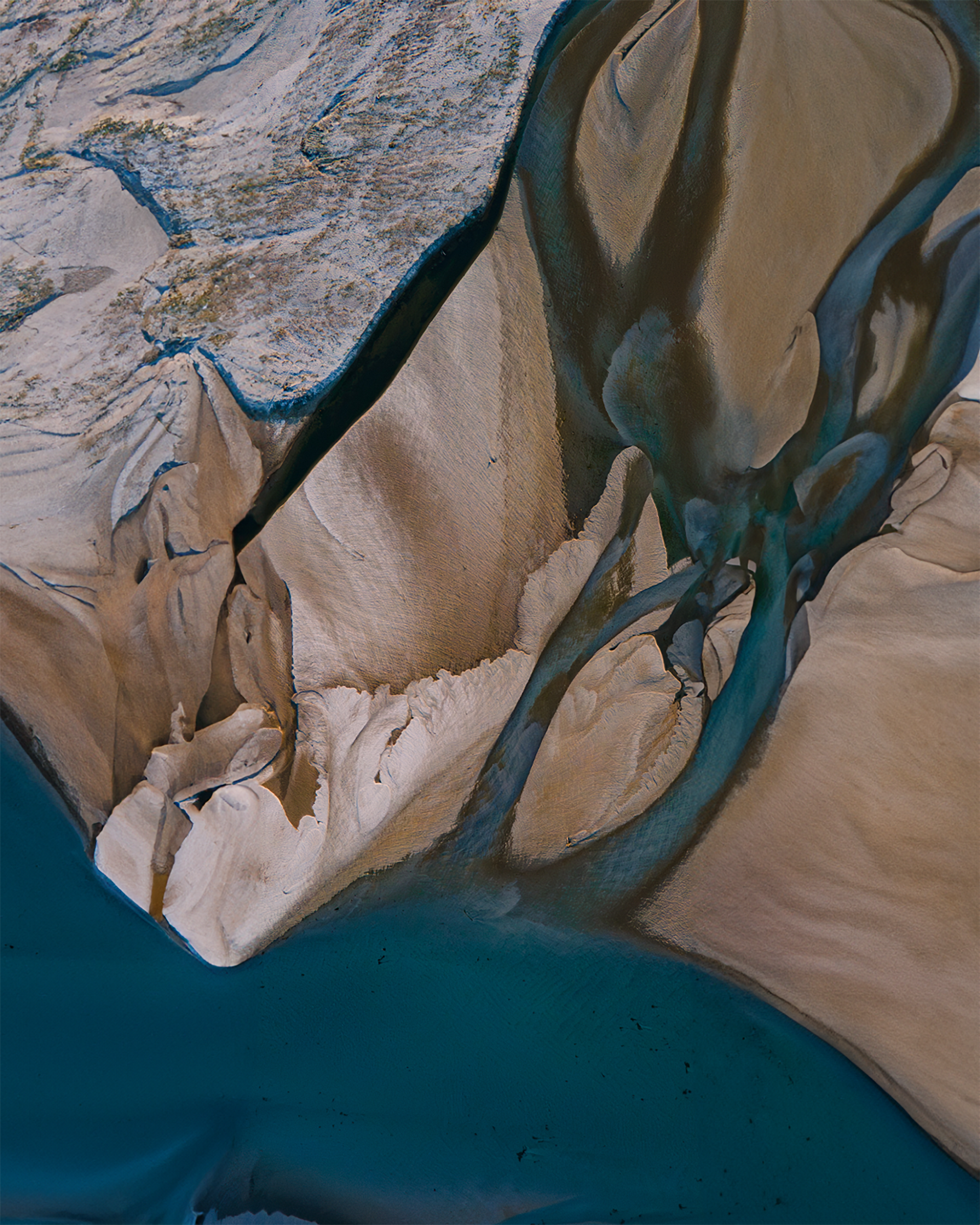
Yes, I do have a bunch of them. Having travelled in over 34 countries, I wish to at least do 190 in this lifetime. Last year I was in Lapland in Finland and I saw the Northern lights for the first time, but that was like just for 10 minutes, and in that time, I just captured a couple of shots. I really hope to do it again and capture a time lapse of the Northern Lights and an aerial shot of me with the active volcanoes in Iceland.
